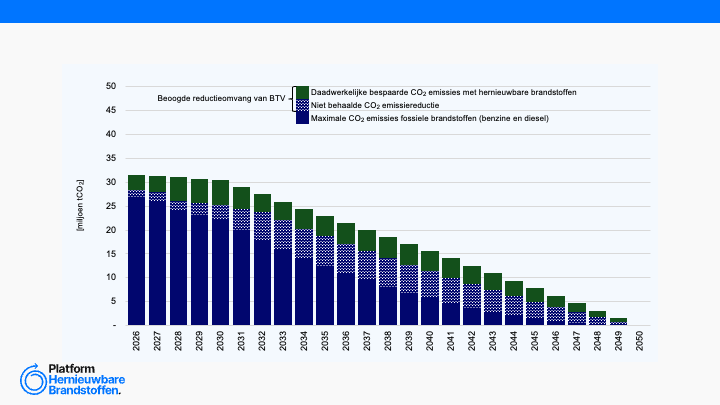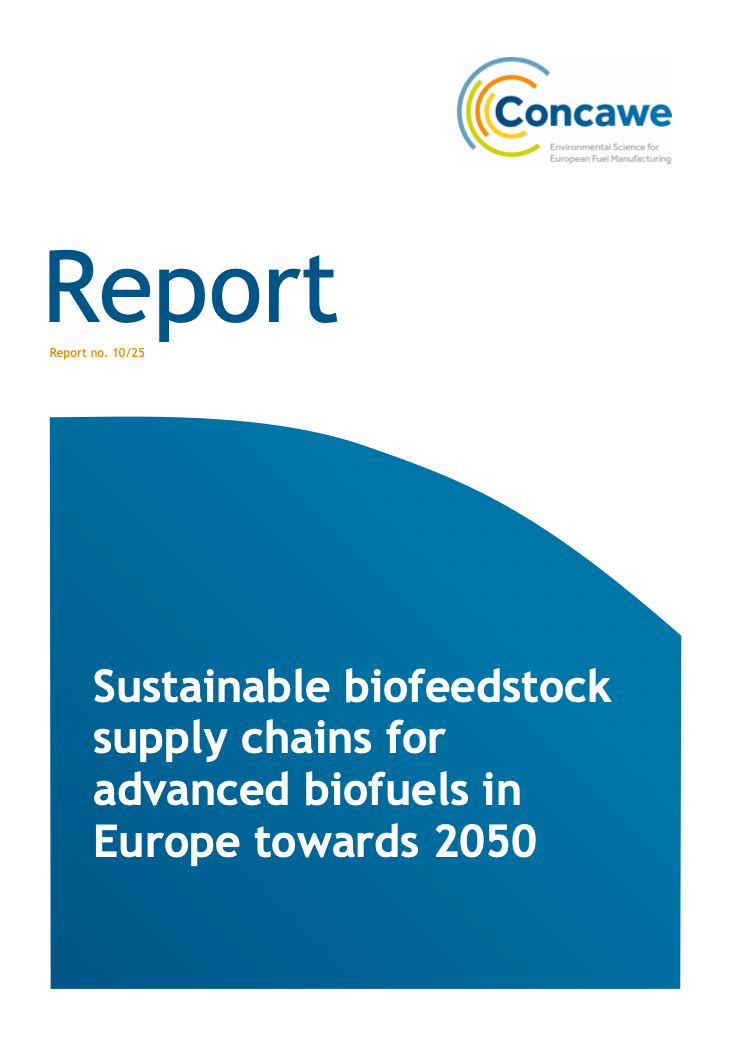Paludiculture as paludifuture on Dutch peatlands: Typha insulation

In a recent study of Marle de Jong, working at Platform Duurzame Biobrandstoffen, together with researchers from Copernicus Institute of Sustainable Development and Louis Bolk Research Instituut, the potential of wet agriculture in combination with bio-based insulation from cattail (Typha) is analysed.
Nowadays, Dutch peatlands are intensively drained to make them suitable for dairy production, resulting in significant emissions and land subsidence. While covering less than 10% of the Dutch agricultural area, peat soils are responsible for more than half of the greenhouse gas emissions (GHGe) from agricultural soils (Fritz et al., 2014) and roughly 2.5% of the total Dutch anthropogenic GHGe (Van den Akker et al., 2010).
Both land subsidence and release of GHGs result from oxidation caused by drainage, and thus they can be mitigated by rewetting soils. To avoid peatland losing its value for agriculture completely, agricultural practices adapted to wet peatlands, i.e. paludiculture, are currently being studied and refined and can generate novel agricultural business options. Growing cattail seems promising; it can grow on high water levels and can be used as a (renewable) feedstock material for e.g. insulation material, therefore builds upon the idea of the biobased economy.
In the paper, a Dutch case study is presented to investigate the environmental potential and economic viability of shifting the use of peat soils (1 hectare) from grassland (for dairy production) to Typha paludiculture (for cultivation and insulation panel production). This is done by performing a life cycle assessment and cost-benefit analysis. It is showed that changing to Typha paludiculture leads to a large GWP reduction of ~32% (16.4 t CO2-eq ha−1), mainly because of lower emissions from peat decomposition as a result of land-use management (−21.6 t CO2-eq ha−1). If biogenic carbon storage in the Typha panels is excluded, the avoided impact of conventional insulation material is insufficient to compensate the impact of cultivating and processing Typha; however, this changes if biogenic carbon storage is included (following PAS2050 guidelines). Typha paludiculture is currently not competitive with dairy production, mainly due to high cultivation costs and low revenues, which are both uncertain, and will likely improve as the system develops. Economic viability can be increased by introducing carbon credits, with carbon prices for Typhapaludiculture (30 years) comparable to EU-ETS prices.
In conclusion, Dutch Typha paludiculture has a significant climate change mitigation potential by reducing emissions from deep drained peatlands. Nevertheless, attention is needed to increase its economic viability as this is a key aspect of the system change.
Paludiculture and the potential of paludicrops for bio-energy was also one of the topics for the Biomass Mobilisation Course Masterclass 2 that the Platform recently organised. Together with Hans Schutten from Wetlands International, this topic was discussed and identified as an potential interesting feedstock source for biofuels or other purposes, while at the same time taking the unique ecosystems of wetlands into account. More information can be found here.
Recente artikelen
Analyse brandstoftransitieverplichting

New Strategic Framework for a competitive and sustainable EU Bioeconomy
Concawe: Sustainable biofeedstock supply chains for advanced biofuels in Europe towards 2050 | 2025


